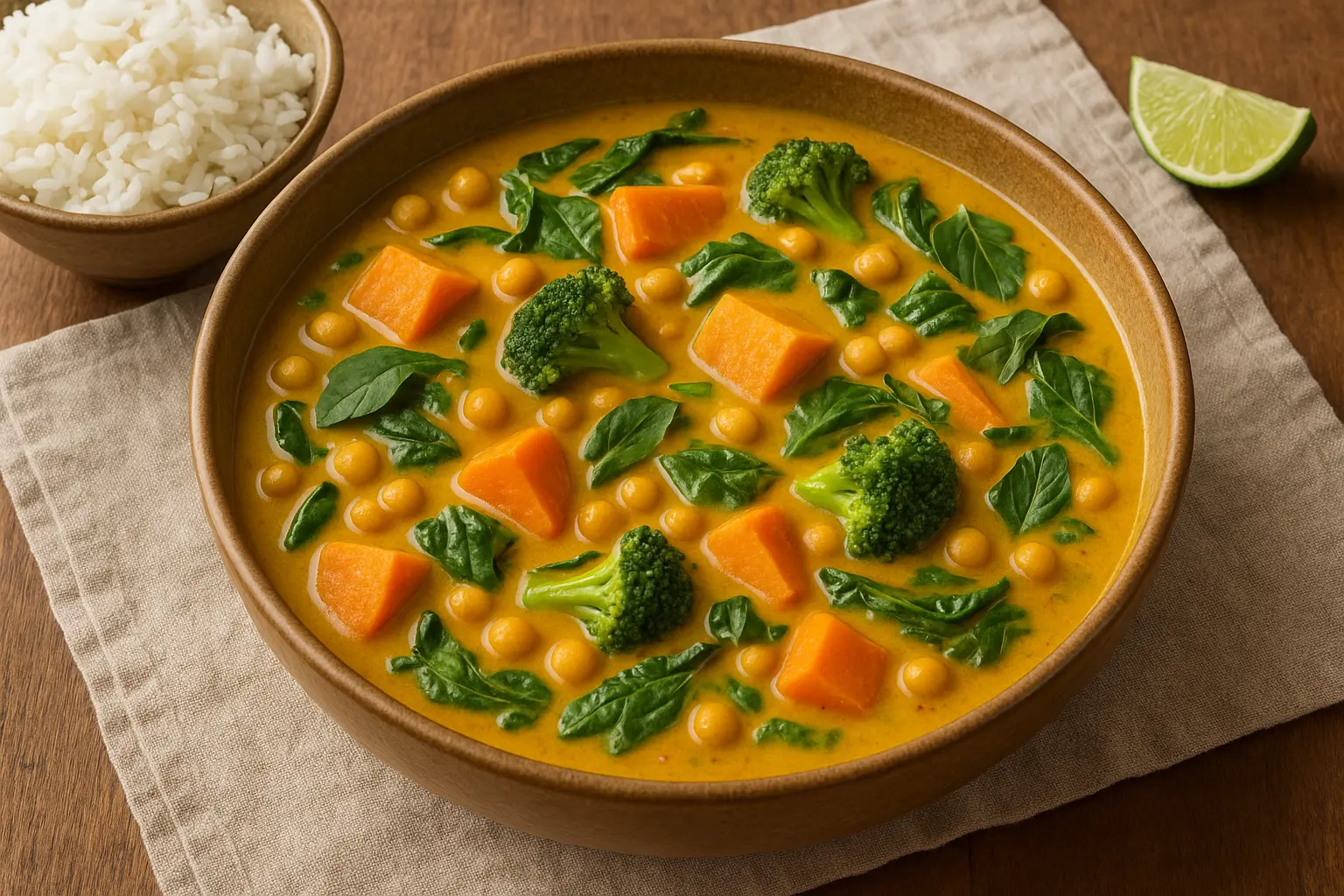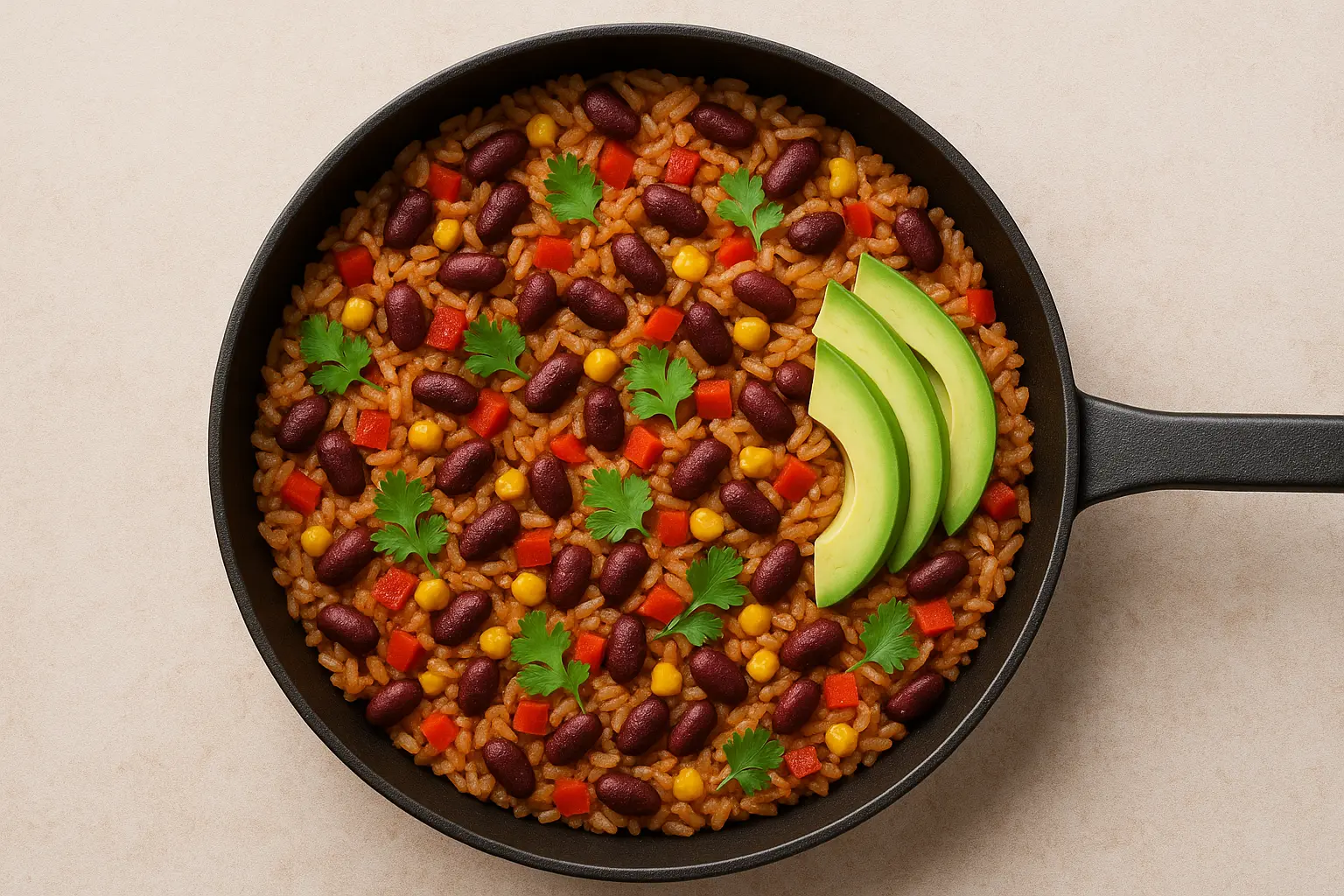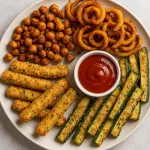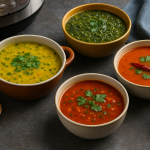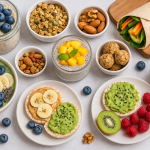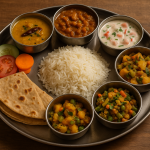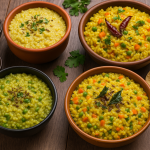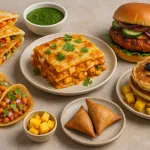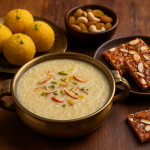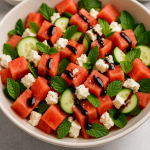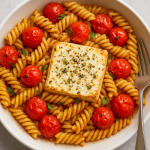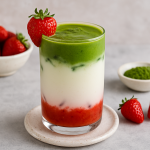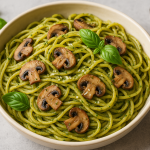Few dishes embody the warmth, richness, and escapism of tropical cuisine quite like a coconut curry. The creamy, slightly sweet notes of coconut milk or cream blend seamlessly with aromatic spices, balancing heat with indulgence. Across cultures—from the Malabar Coast of India to the shores of Thailand, the Caribbean, and even East Africa—coconut-based curries tell stories of trade, migration, and local traditions.
This blog will take you on a journey through these diverse coconut curry traditions, offering practical cooking tips, step-by-step recipes, and cultural insights. Whether you’re vegan, dairy-free, or simply craving global comfort food, these coconut curries are as nourishing as they are flavorful.
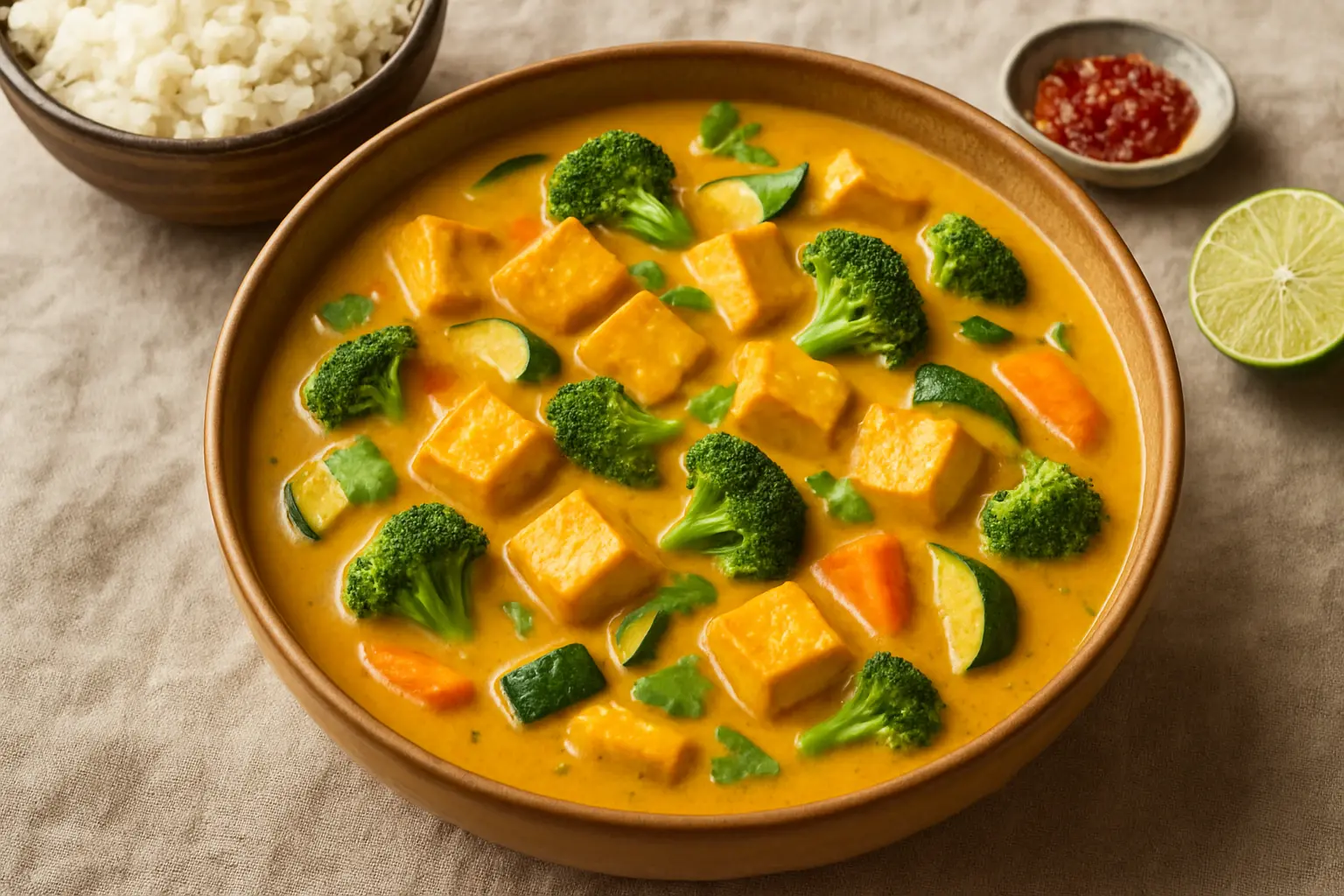
The Heart of a Coconut Curry
1. The Role of Coconut
Coconut milk and cream are often used to replace dairy, providing body and richness. They add natural sweetness that tempers fiery spices, making curries accessible to all palates.
- Coconut milk: Thin consistency, perfect for lighter curries and soups.
- Coconut cream: Thick and rich, used for indulgent and silky curries.
- Grated coconut: Common in South Indian and Sri Lankan curries, ground into pastes for texture.
- Coconut oil: Adds aroma and depth, especially in Caribbean and coastal Indian cuisines.
2. Spices and Aromatics
- Base aromatics: Onion, garlic, ginger.
- Warming spices: Turmeric, cumin, coriander.
- Heat: Fresh green chilies, dried red chilies, or curry paste blends.
- Fragrance: Lemongrass, kaffir lime leaves, curry leaves, or fresh cilantro depending on cuisine.
3. Protein and Vegetables
Coconut curries work with nearly any protein or plant: chickpeas, tofu, paneer alternatives, lentils, mushrooms, leafy greens, or root vegetables. They also make a perfect vehicle for seasonal produce.
A World Tour of Coconut Curries
1. South India: Kerala Vegetable Stew (Ishtu)
Kerala, known as “the land of coconuts,” offers a delicate stew made with coconut milk, potatoes, carrots, beans, and curry leaves.
- Key Flavor: Black pepper instead of heavy chili, giving it a warming rather than fiery taste.
- Best Served With: Appams (fermented rice pancakes) or plain rice.
2. Sri Lanka: Polos Curry (Young Jackfruit Curry)
A signature Sri Lankan dish, polos curry simmers tender young jackfruit in roasted spices and coconut milk.
- Key Flavor: Roasted curry powder with hints of cinnamon and cloves.
- Texture: Jackfruit mimics pulled pork, making it popular among vegans.
3. Thailand: Green and Red Coconut Curries
Thai curries showcase the harmony of coconut milk with fresh pastes.
- Green Curry: Made with green chilies, lemongrass, galangal, and Thai basil.
- Red Curry: Slightly milder but richer, thanks to dried red chilies and shrimp paste (can be swapped for soy or miso for vegan diets).
- Tip: Always fry the curry paste in oil before adding coconut milk to release flavors.
4. Caribbean: Jamaican Coconut Rundown
This stew is prepared with root vegetables, beans, or fish simmered in reduced coconut milk until it thickens like a custard.
- Key Flavor: Scotch bonnet peppers and thyme.
- Vegan Tip: Use breadfruit, sweet potatoes, or plantains.
5. East Africa: Swahili Coconut Curry
On the coast of Tanzania and Kenya, curries are flavored with coconut milk, ginger, garlic, and tomatoes.
- Key Protein: Beans, lentils, or sometimes seafood.
- Unique Additions: Tamarind pulp for tang, fresh coriander for balance.
Step-by-Step Guide to Making Coconut Curry at Home
Basic Vegan Coconut Curry Base (Customizable)
Ingredients (Serves 4):
- 2 tbsp coconut oil
- 1 onion, finely chopped
- 3 garlic cloves, minced
- 1 tbsp fresh ginger, grated
- 2 tsp curry powder or paste (adjust by cuisine preference)
- 1 can coconut milk (400ml)
- 1 cup vegetable stock
- 2 cups chopped vegetables (cauliflower, carrots, beans, zucchini, or seasonal)
- 1 can chickpeas, drained
- 1 tsp salt, or to taste
- Fresh cilantro and lime for garnish
Instructions:
- Heat coconut oil in a heavy-bottomed pan.
- Add onion, garlic, and ginger; sauté until softened.
- Stir in curry powder or paste; fry for 30 seconds.
- Pour in coconut milk and stock; bring to a simmer.
- Add vegetables and chickpeas; cook until tender (15–20 minutes).
- Season and finish with fresh cilantro and lime.
Regional Variations You Can Try
- Malaysian Laksa: Coconut curry noodle soup with lemongrass and chili paste.
- Trinidadian Coconut Curry Chickpeas (Channa): Spiced chickpeas simmered in coconut milk.
- Indonesian Gulai: A rich curry with turmeric, cinnamon, and kaffir lime leaves.
- Filipino Ginataang Gulay: Vegetables cooked in coconut milk with shrimp paste (or vegan substitutes).
Nutritional Benefits of Coconut Curries
- Dairy-Free Alternative: Naturally creamy without dairy.
- Healthy Fats: Medium-chain triglycerides (MCTs) in coconut support energy.
- Plant-Based Protein: Works beautifully with lentils, beans, and tofu.
- Fiber-Rich: Root vegetables and legumes enhance satiety.
Tips for Perfect Coconut Curries
- Use full-fat coconut milk for richness. Light coconut milk can make curries watery.
- Toast spices before adding liquid. This develops deeper flavor.
- Balance flavors. Add lime juice, tamarind, or vinegar for acidity.
- Don’t rush the simmer. Allow at least 15–20 minutes for flavors to meld.
- Make ahead. Curries taste even better the next day as flavors deepen.
Pairings and Serving Ideas
- Rice: Jasmine, basmati, or coconut rice.
- Flatbreads: Chapati, roti, or naan (vegan versions available).
- Sides: Pickled vegetables, fresh salads, or papadums.
- Toppings: Fresh herbs, roasted cashews, or fried shallots.
Coconut Curries for Every Occasion
- Weeknight Meals: Quick Thai green curry with tofu and vegetables.
- Festive Recipes: Sri Lankan jackfruit curry for holiday spreads.
- Comfort Food: Caribbean coconut rundown with root vegetables.
- Meal Prep: Batch-cooked chickpea coconut curry for busy weeks.
Conclusion: A Bowl of Sunshine
Coconut-based curries are more than just recipes—they are edible journeys across continents. Each spoonful is a passport to the tropics, delivering warmth, comfort, and nourishment. Whether you’re a beginner trying a simple chickpea coconut curry or an adventurous cook exploring gulai or laksa, these dishes are proof that coconut truly unites the world of curries.
Leave a comment
Your email address will not be published. Required fields are marked *


